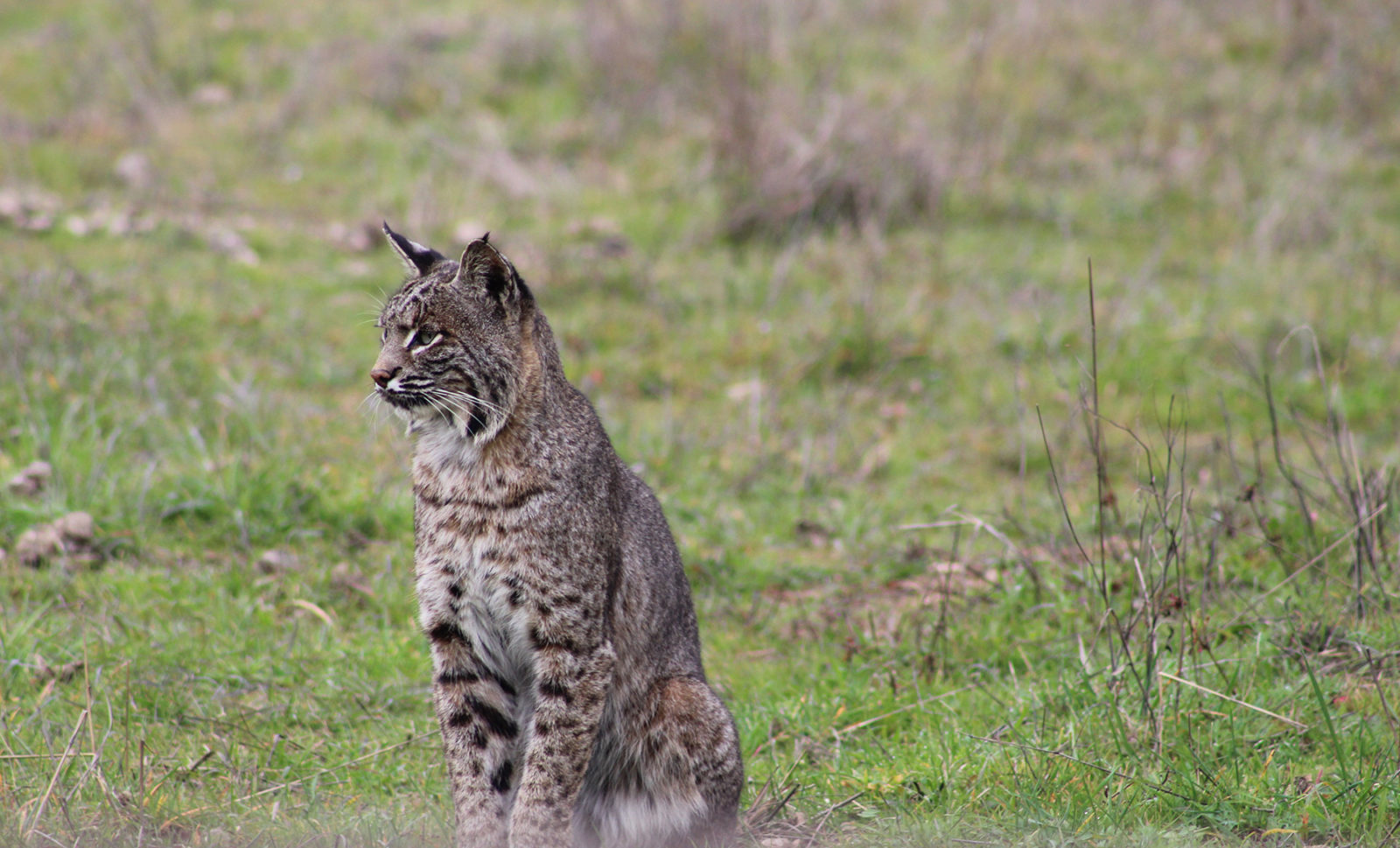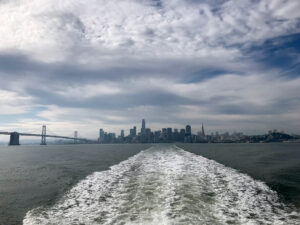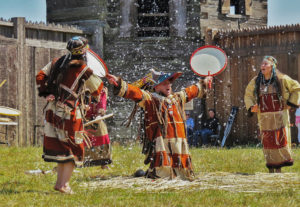Did you know the original name of the Point Reyes peninsula was Punta de los Reyes, which translates to Point of the Kings? Spanish explorer Sebastian Vizcaino chose the name because he anchored in Drakes Bay on January 6, 1603, the Day of the Kings, a holiday celebrated in Mexico to honor the three wise men. It represents the day they gave gifts to Jesus Christ and closes with Christmas festivities.
It’s also the day the people of Mexico exchange gifts! As with so much of California, renaming places was quite common. And of course, before Vizcaino’s arrival, the Coast Miwok inhabited the land. Artifacts documenting their presence date back some 4,500 years. When Francis Drake landed in Point Reyes around 1579, he came across the Coast Miwok in Marin County, but as with most historical documentation, this date is approximate, which again speaks to how many stories of people and land have been altered over time.
Point Reyes is the only National Seashore, a stretch of coast protected by the federal government under the watchful eye of the National Park Service, on the West Coast. It is home to more than 900 species of flowering pants, approximately 700 tule elk and an array of wild cats, from mountain lions to bobcats, and more than 450 species of birds have been identified within the seashore. Point Reyes is a cornucopia of wildlife. I’m fortunate enough to have come across several cats throughout my visits the seashore. It’s an awakening for me to see such wildlife out in the open. I often wonder in all that I see, how much I’m not seeing.
The Point Reyes Seashore spans some 71,000 acres, with 32,000 of it reserved as wilderness, which means no development. With more than 1 million visitors a year, this is a pretty active area for both novice and experienced outdoors adventurers alike. With areas reserved throughout the seashore for camping, hiking and exploring, you can see why this area is so popular with visitors from all walks of life.
I was recently granted a tour of the Point Reyes seashore with a team from the Point Reyes National Seashore Association, a nonprofit that supports the seashore and educates the visiting public. With me on the tour were Heather Clapp, the development and communications manager for the association, Carlos Porrata, a wildlife photographer and former state park ranger, Ben Becker, director and marine ecologist, and Isaac Taylor, education and outreach analyst with the association.

This was an opportunity for me to gain a better understanding of what goes on behind the scenes to keep the area as wild and accessible to the general public as possible. As a park advocate who works with various outdoor agencies across the country on matters of park stewardship, and diversity and inclusion, for me to have such access was a rarity.
Seashore restoration is a huge component of the work. Sand dunes restorations in the North Beach area are ongoing. Removal of invasive European beachgrass and iceplants, helps restore habitats for birds and flowers that have since gone dormant because of the invasive grass and plants in the area. This restoration project will cover more than 1,000 acres of coastal dunes, nearly 60 percent of the entire coastal dunes along the seashore.
One really super cool bit of information I learned was that the antlers the elk naturally shed every year, when found by park personnel, are actually ground up, sometimes by chippers, and spread throughout the park to serve as a source of calcium for other animals. It also deters folks from taking them out of the park as trophies. As much as I wander this area, I always wondered why I never came across antlers. Now I know.
The elephant seals are a big draw to the seashore, but the work that goes into making sure the seals are protected from the public is no small task. Closures are in place to keep the public at a safe distance. Signs are posted everywhere warning of the dangers of approaching seals.
Another huge draw to the area is the RCA wireless stations, better known as “the tree tunnel” for the 90-year old Monterey cypress trees that arch over the road leading to the station. Many people visit the receiving station as they venture through the area, but did you know this station was the idea of a young man (Guglielmo Marconi) in Italy, who wanted to develop a wireless telegraph system, using radio waves to send Morse code communication? For years he worked on his craft, developing a system for sending and receiving signals at a greater and greater distance. After he moved to the U.S., he established the Marconi Wireless Telegraph Company. In 1909 Marconi was awarded the Nobel Prize for physics and his work was credited with saving more than 700 lives during the Titanic disaster. Marconi acquired, through mergers, more than 70 ship-to-shore stations, one of which is the RCA station in Point Reyes that draws visitors from around the world to this day, even though the station itself has been closed for years.
It is stories such as this that keep me intrigued about the history of the area, stories that go untold and unfortunately forgotten over time. It is a vital part of the work I do, not only around land stewardship and who has the right to lay claim to historical happenings, but to allow people to attach themselves to a legacy that may be their own.
What I’ve learned is that when people feel an attachment to place, they want to ensure these places last, that they are protected. This is how we engage community in the protection of these open and wild spaces. The purpose of these behind the scenes stories that I hope to tell moving forward is not the stories that every visitor hears, but the long-forgotten stories that speak to legacy and heritage. This is a huge component in my diversity and inclusion in the outdoors work, bringing attention to the importance of not forgetting and acknowledging the original land stewards, such as the Miwok and the Spanish explorers. No matter how jaded or contentious relationships may have been, to remove the Miwok and Spanish from the story is to create a falsehood that only benefits communities that don’t share in the heritage of these rarely spoken of groups. The Point Reyes National Seashore is a landscape that offers a glimpse into the past and a bright and hopeful future. A future that we all play a role in protecting to ensure equal access for generations to come.





